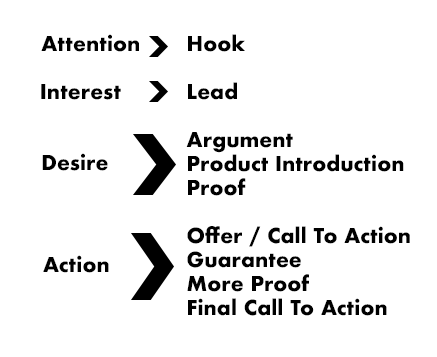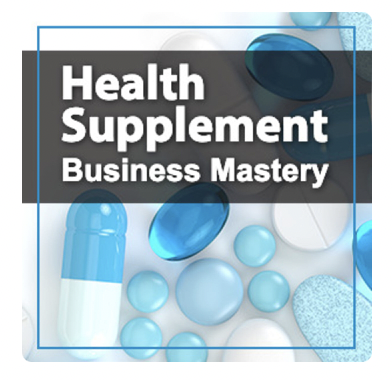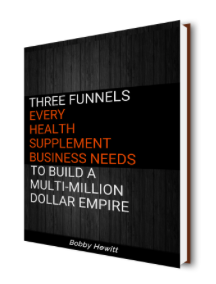Most marketers look at sales funnel stages the exact same way.
The prospect first becomes aware of your brand at the top of the funnel in the awareness stage.
To do this marketers use traditional lead generation tactics in this stage such as opt-ins to get lead magnets.
Next comes the interest stage. In which, the prospect learns more about the brand and what you offer. They may search for competitors and or start to do research about their problem.
Followed by the desire stage. At this stage of the sales funnel, your lead becomes a prospect and they are considering making a purchase.
And finally action is taken on the part of the prospect where they finally buy your product.
This is the traditional AIDA (Attention, Interest, Desire, Action) sales funnel stages.
These sales funnel stages are supported through different types of content to further the visitor down the funnel. Nurturing them along the way from lead to customer.
But what if you could compress the funnel stages into a single session?
Looking at Sales Funnel Stages Differently
The problem with using sales funnel stages in this traditional way is that they require a business to have either a ton of time to wait for a sale as the prospect moves along from one stage to another.
Direct response funnels on the other hand, compress the funnel stages into a single visitor session.
That’s the whole point of direct response.
To get an immediate sale so you can breakeven on ad spend on day one or soon after.
With this approach your ad budget becomes unlimited and you can not only scale your business quickly but also defend your share of the market from competitors.
The compressed sales funnel still contain the same basic AIDA structure more or less but they happen quicker (within the same session) and across a different set of funnel stages or steps within the funnel.
Compressing the traditional view of a sales funnel from above into one session looks like this.
The marketer asks for Attention, Interest, Desire and Action all on a single sales page (within a single visitor session.)
Typically this happens in a long form sales page or a video sales letter.
In either case the sales page has the following stages:
- Hook
- Lead
- Argument
- Product Introduction
- Proof
- Offer / Call To Action
- Guarantee
- More Proof
- Final Call To Action
Remember all of these bullets above are on a single sales page that leads the visitor to the action in one session.
Here’s how the sales page aligns with the traditional sales funnel stages.

Where as in a traditional sales funnel, the stages would happen across different visits, and perhaps even different devices as the visitor goes away researches, comes back, etc. before deciding on a purchase.
In a compressed funnel, the hook is what grabs the visitors attention.
The lead copy (or the first 500 – 800 words or so) is what intensifies their interest.
While their desire is stirred through the marketing argument, introduction of the product / solution and proof that it will work for them.
Finally the offer, guarantee and more proof or reassurance is what culminates into action. Taking the visitor from prospect to buyer.
Compressing The Sales Funnel Stages Even More
Sales funnel stages for a dietary supplement selling direct to consumers is very different than the traditional AIDA funnel model that most other businesses follow.
The direct response marketer compresses the funnel stages even further than just what’s happening on the sales page.
If we zoom out a bit and look at the whole funnel here’s what it looks like:
- Sales page
- Order page
- Up-sell page 1
- Up-sell page 2
- Up-sell page 3
- Thank you page
Very different than:
- Attention
- Interest
- Desire
- Action
The former stages refer to a visitors degree of readiness to commit to solving their problem.
The buyer commits through the act of a purchase or multiple purchases within the same session. (Through buying up-sells after they just purchased the front-end offer.)
The compressed funnel grabs the visitors attention, intensifies their interest, stirs their desire to the action and buy today on a single sales page. Then continues that momentum to buy again through immediate one time up-sells.
Where as in the latter (AIDA) funnel, as we mentioned can happen across several sessions and devices and time.
The compressed sales funnel stage approach not only allows the marketer to optimize and improve the funnel through more immediate feedback but also to reap the rewards much sooner. Which will also allow the business to scale growth by acquiring customers faster.
Discover the 3 funnels that can help your health supplement business succeed.

Listen to the Health Supplement Business Mastery Podcast for for dietary supplement entrepreneurs and marketers.



